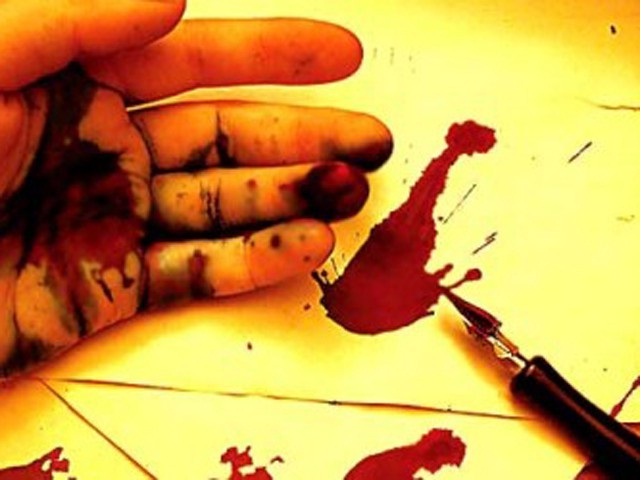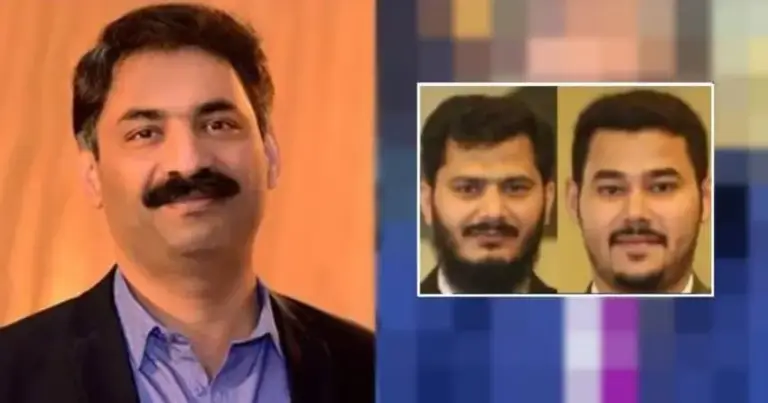20 Pakistani Journalists killed and 48 injured in 2011—Press freedom facing serious threats, says RMNP report
AhmedpurEast (Rural Pakistan): Twenty journalists were killed and 48 injured in Pakistan during 2011, the Rural Media Network Pakistan (RMNP) said in its Annual Press Freedom Report issued here today. Among the 20 journalists, the motive of the killing of twelve journalists was confirmed while an alleged killer of 28 years Faisal Qureshi the reporter of The London Post, a UK based news website had been arrested in Lahore who confessed to killing his friend for money. Besides, many journalists faced threats in the year, they included Najam Sethi, Jugnu Mohsin,Hamid Mir, Salim Safi.
The safety of journalists working in conflict areas and hostile environment remained a big challenge for PPP led democratic government. No necessary measures have been adopted to provide security by authorities or even media houses. In 2011, Pakistani journalists faced more insecurity as compare with previous years. RMNP report says that majority of the working journalists are non -paid. They are only given press cards from the media houses; they work for, and have to manage their on earnings.
Terrorism, religious extremism, sectarian violence and alarming security situation of Pakistan demands strict safety measures for journalists. They put their life in danger to cover different assignments. Reporters in the rural areas are the back bone of newspapers and private TV channels. Unless fully prepared to protect personal safety, they can’t play their professional role, the report said. It was observed that in rural areas and small towns where Pakistan 65 percent population is living, journalists were facing three major problems while reporting on sectarian and honor killing incidents and covering corruption scandals of government functionaries and feudal politicians. This put their life in danger and they feel insecure. RMNP report revealed that religious extremism is spreading in different parts of the country. There are many sectarian organizations fighting for domination. Drugs mafia, arms mafia, target killers and criminal gangs are also active. Some religious leaders want reporters to cover their speeches against other sects and they force the local correspondents to publish their news without any change. Local religious leadership does not understand that correspondents have no control over editorial policy. Some of them received threatening text messages from militants on mobile phones. This is a serious matter and deserves immediate action at highest level. It was also noted that fundamentalism and religious intolerance is on peak in several rural areas and backward districts. Journalists are expected to cover the activities of the fundamentalists and extremists according to their wishes. Risks are increasing day by day, capacity to work is decreasing with fast speed and personal safety is becoming a major problem. Moving to dangerous zones to gather information without preparation is like committing suicide, report added.
Rural Media Network Pakistan has suggested that
*All media houses should provide safety equipment to their reporters i.e. bullet proof jackets, helmets and GPS Cell phones irrespective of the size of city.
*All media houses should provide insurance cover to their reporters, cameramen and supporting staff who cover dangerous assignments.
* Media house should pay at least one million rupees to the widow of a rural area journalist who is sending them news under any kind of arrangement written or verbal what so ever, if he is killed during the coverage of dangerous assignment and 0.5 million rupees if he gets serious injuries.
* Media house should pay all the expenses incurred on his medical treatment until and unless he is fit to resume his routine activities.
*All media houses should take immediate steps with consultation of concerned authorities for the safety of newsmen working in sensitive areas and hostile environment.
* All media houses should take follow up actions if a journalist is kidnapped in line of his duty and make sure that he is released safely, without any harm.
*All forums of editors, proprietors and broadcasters like All Pakistan Newspapers Society (APNS) Council of Pakistan Newspapers Editors (CPNE) and Pakistan Broadcasters Association (PBA) should take steps for the safety of journalists in consultation with the representatives of journalists.
* Media training organizations should take active part to impart safety and basic journalism training. Training about safety of journalists working in conflict areas and hostile environments like sectarian violence, emotional mobs and political agitation is critically important, but it is more beneficial if they get proper training to develop professional skills. Security is most important for journalists as no news is more worthy than life, but a newsman is also expected to cover all aspects of an event while keeping “safety first” in his mind. They have no comprehensive system to act when a journalist is in distress, kidnapped or tortured. They have no contact with the journalist bodies active in big cities. Local press clubs are not playing the role as expected, so they work in passive conditions.
20 Pakistani Journalists killed in 2011
Source. FOE Newsletter Sadiq News
Date 1/4/2012



